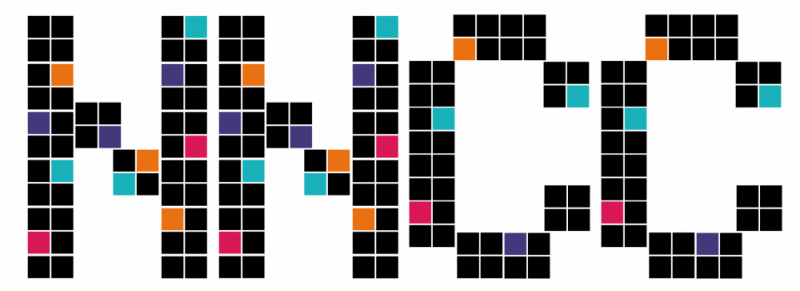DEVELOPING YOUR PERSONAL SPENDING PLAN
Betsey Perra
Cooperative Extension Agent, Home Economics and Family Living
University of Rhode Island Cooperative Extension
Copyright/Access Information
YOU WILL LEARN:
– about sources of income.
– about the three kinds of expenses.
– how to make your own spending plan.
INCOME
INCOME is the money you receive. It comes from many different sources. Some sources of income include wages, interest, dividends, disability payments, Old Age Pension, Unemployment Compensation, GPA/AFDC, social security, self-employment, and Food Stamps.
How far your money goes depends on how much you want something. Can you use fewer lights to save electricity to save money for something else? Are you willing to cook more meals at home and eat out less often to save money so you can pay off your washing machine or have your car repaired?
Remember your goals. How important to you are they?
EXPENSES
EXPENSES are the things you spend money on. There are three kinds of expenses.
Some expenses are FIXED. These expenses are things like rent, electricity, and heat. You have to pay for them every month. You can expect them to cost about the same amount each month unless something in your home changes.
Some expenses are PERIODIC. These expenses are things like taxes, driver's license fees, and car registration fees. They are bills that come only once a year or quarterly. They are almost always for the same amount and are usually due at the same time each year.
Finally, there are FLEXIBLE expenses. These expenses include things like transportation, recreation, and laundry. You and your family have control over how much you spend on these items each pay period. If the heat bill is high, you must cut back on your flexible expenses to cover the difference.
Your expenses must not be more than your income. You can do it. Use a spending plan to help.
____________________________________________________________
SPENDING PLAN
(Fill in the following forms to make your spending plan.)
————————————————————
Divide the table into three columns labeled “WEEKLY,” “EVERY OTHER WEEK,” and “MONTHLY.”
List all your income for this month. List your income in the right (“MONTHLY”) column.
Wages
Disability Payments
Interest/Dividends
Self-employment
AFDC/GPA
Food Stamps
Other
Total Income per Month $
————————————————————
Now, list all your expenses for the month.
Fixed Expenses
Rent/Mortgage
Electricity
Oil
Gas (city/propane)
Telephone
Charge payment(s)
Periodic Expenses
Driver's license fees
Car registration fees
Taxes
Insurance
Flexible Expenses
Groceries
Laundry
Transportation
Savings
Recreation
Gifts
Other
Total Expenses for the Month $
Copy Total Income for the Month Here $
____________________________________________________________
Is your income more or less than your expenses? If it is more, then start saving now! Open a savings account at a bank.
If your income is less than your expenses, you must either get more income or cut down on your expenses. Work at it. We all must!
Remember your goals. How badly do you want to get to them? Are you willing to change the way you live to get to them? THE CHOICE IS YOURS!

